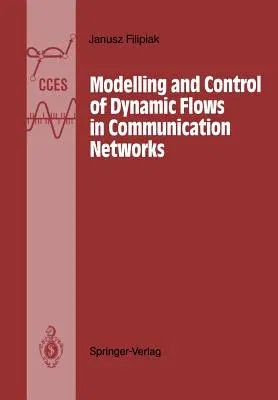Janusz Filipiak
(Author)Modelling and Control of Dynamic Flows in Communication Networks (Softcover Reprint of the Original 1st 1988)Paperback - Softcover Reprint of the Original 1st 1988, 5 December 2011

Qty
1
Turbo
Ships in 2 - 3 days
In Stock
Free Delivery
Cash on Delivery
15 Days
Free Returns
Secure Checkout
Part of Series
Communications and Control Engineering
Part of Series
Communications and Control Engineering (Paperback)
Print Length
202 pages
Language
English
Publisher
Springer
Date Published
5 Dec 2011
ISBN-10
3642832075
ISBN-13
9783642832079
Description
Product Details
Author:
Book Edition:
Softcover Reprint of the Original 1st 1988
Book Format:
Paperback
Country of Origin:
NL
Date Published:
5 December 2011
Dimensions:
24.41 x
16.99 x
1.17 cm
ISBN-10:
3642832075
ISBN-13:
9783642832079
Language:
English
Location:
Berlin, Heidelberg
Pages:
202
Publisher:
Weight:
358.34 gm

